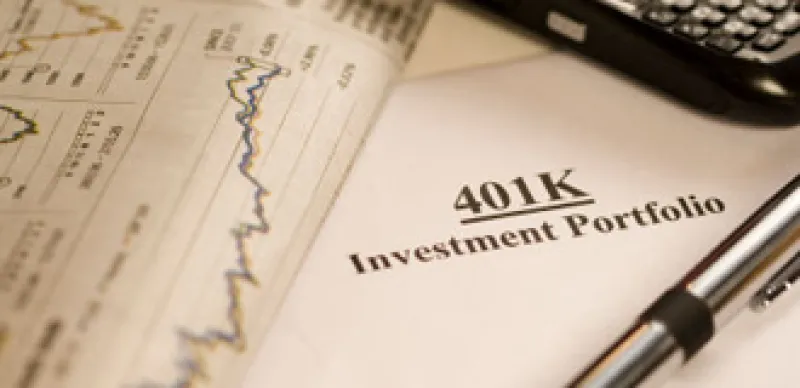Defined benefit plan sponsors should feel pretty good about their performance in 2009. Thanks to the strong markets, they enjoyed an average return of 18.67 percent, according to Towers Watson’s analysis of 97 large companies. However, 401(k) investors at those same companies did even better, averaging 19.88 percent.
How could that be? How could amateurs who probably don’t even know what’s in their portfolios outperform seasoned professionals?
Not only that, but Towers Watson’s historical analysis shows that the amateurs often outdo the pros in bull markets. During the dotcom boom of 1998 and 1999, based on the asset-weighted returns of an even larger sample, the scores were: average 401(k) up 15.24 percent in 1998 and 14.41 percent in 1999, and defined benefit, up 14.22 percent and 13.23 percent, respectively. (The figures come from the Form 5,500 that plans must file with the Department of Labor, and 2009 is the most recent set available.)
Alan Glickstein, a senior retirement consultant at Towers Watson, says it comes down to one word: rebalancing.
Or, in a few more words, the professionals keep an eagle eye on their holdings to make sure they stick to their long-range asset allocation strategy. If a booming market pushes their equity allocation above what it’s supposed to be, they sell to get it back down, even if that means cutting off their temporary upside gains.
By contrast, a 401(k) participant “who’s not rebalancing, whether because of inertia or they want to time the market, will do better in the short term,” as his or her engorged equity allocation shoots up with the markets, Glickstein says. Indeed, at the end of 2009, the average defined contribution plan was around 65 percent in equities, versus 50 percent for a defined benefit plan.
The overall DB average is also dragged down by the trend toward liability matching – buying bonds whose maturity dates are aligned with the plans’ payment obligations – and other efforts to avoid volatility. “Their objectives are not to get the best return,” Glickstein points out.
Such numbers can suggest some odd implications. Should plan sponsors imitate the amateurs and not be so quick to rebalance? Should they hope for bear markets, because that’s when they tend to have an advantage?
Glickstein is quick to quash any such thoughts. “Long-term, the professional money managers are getting better results consistently,” he points out. In the 15 years going back to 1995, 401(k)s outperformed defined benefits in the asset-weighted sample only in 1998, 1999, and 2009. Otherwise, Glickstein says, defined benefits on average did 100 basis points better annually. The results tilt more in the 401(k)s’ favor when plans are broken down by size, but experts consider asset-weighting a more reliable way to measure – and anyway, the long-term advantage still goes to the professionals except in the case of the very smallest plans, the survey found.
“The challenge with timing the markets”— shunning rebalancing and hoping to ride a boom, as the amateurs do – Glickstein warns, “is, how do you know how long it’s going to boom for?”
Another long-term problem for 401(k) participant is that, individually, they can’t just let their money ride forever. Each investor should shift toward a more conservative asset allocation as he or she gets closer to retirement age.
If that’s not enough proof of DB superiority, Bob Collie, chief research strategist at Seattle-based Russell Investments, points out that 401(k) plans are trying more and more to behave like defined benefit plans, rather than vice versa. Thus, plan sponsors are encouraging employees to use pre-programmed target-date funds and managed accounts. “They have noted that in the past, defined benefit plans have outpaced defined contributions,” he says. The growing use of target-date and managed approaches also explains why 401(k)s are able to “close the returns gap somewhat” with defined benefit plans.
And what happens in a year of up-and-down markets, like 2010? Towers Watson hasn’t begun to analyze that year’s particular data, but Glickstein thinks that, based on overall market trends, either side could have “outperformed [the other] by a smaller margin” than in 2009.
Fran Hawthorne is the author of the award-winning “Pension Dumping: The Reasons, the Wreckage, the Stakes for Wall Street” (Bloomberg Press) and “Inside the FDA: The Business and Politics behind the Drugs We Take and the Food We Eat” (John Wiley & Sons). She writes regularly about finance, health care, and business ethics.






